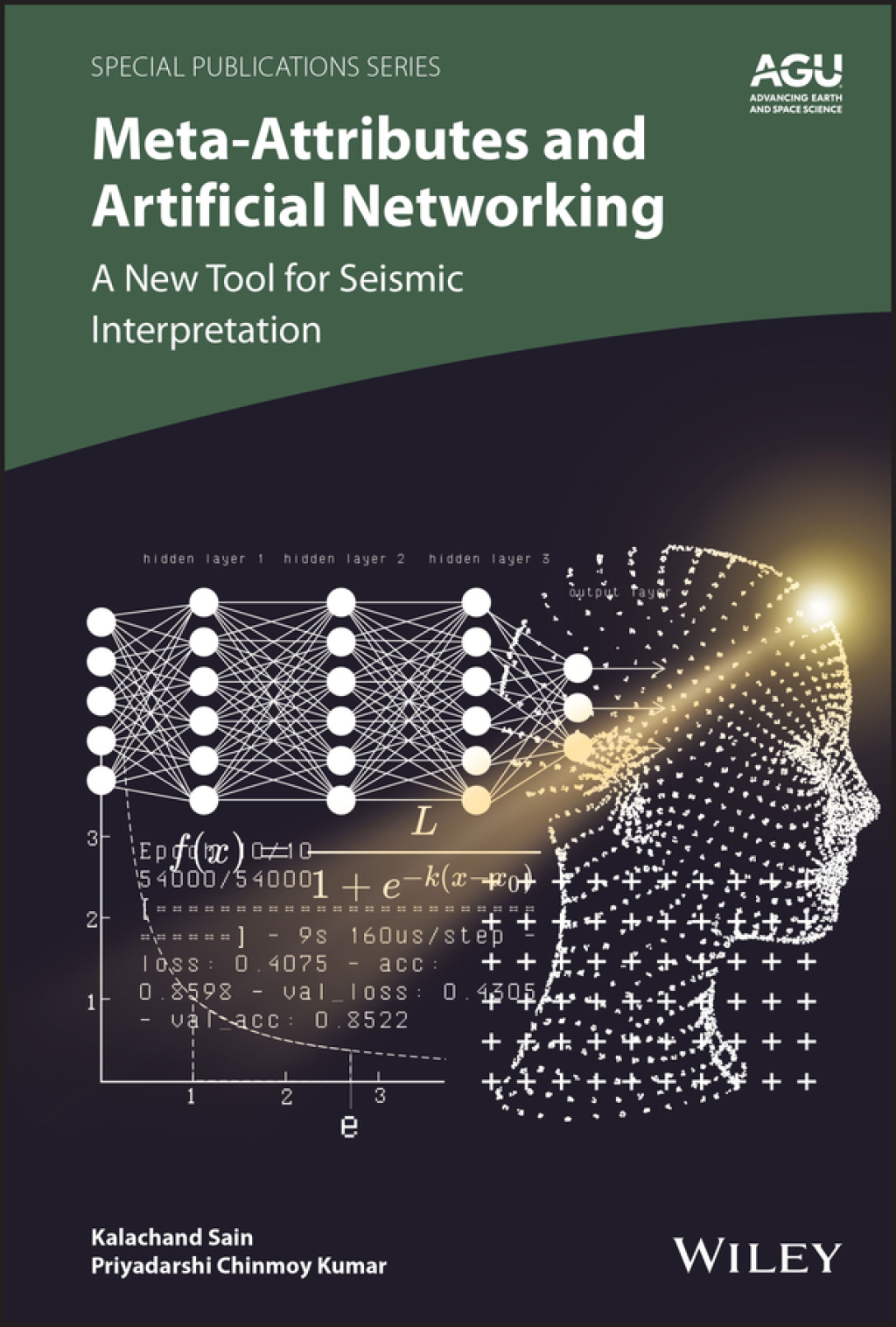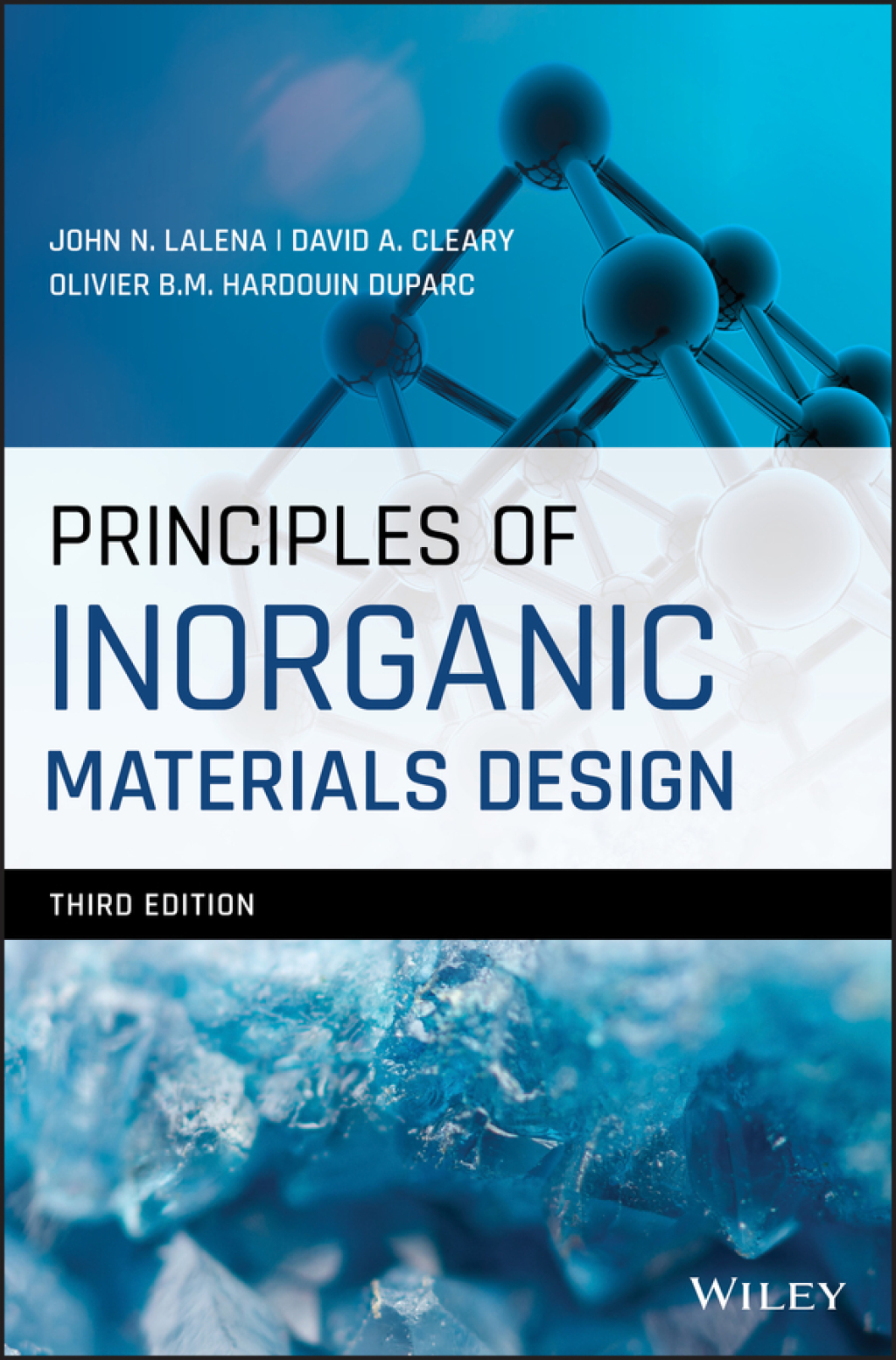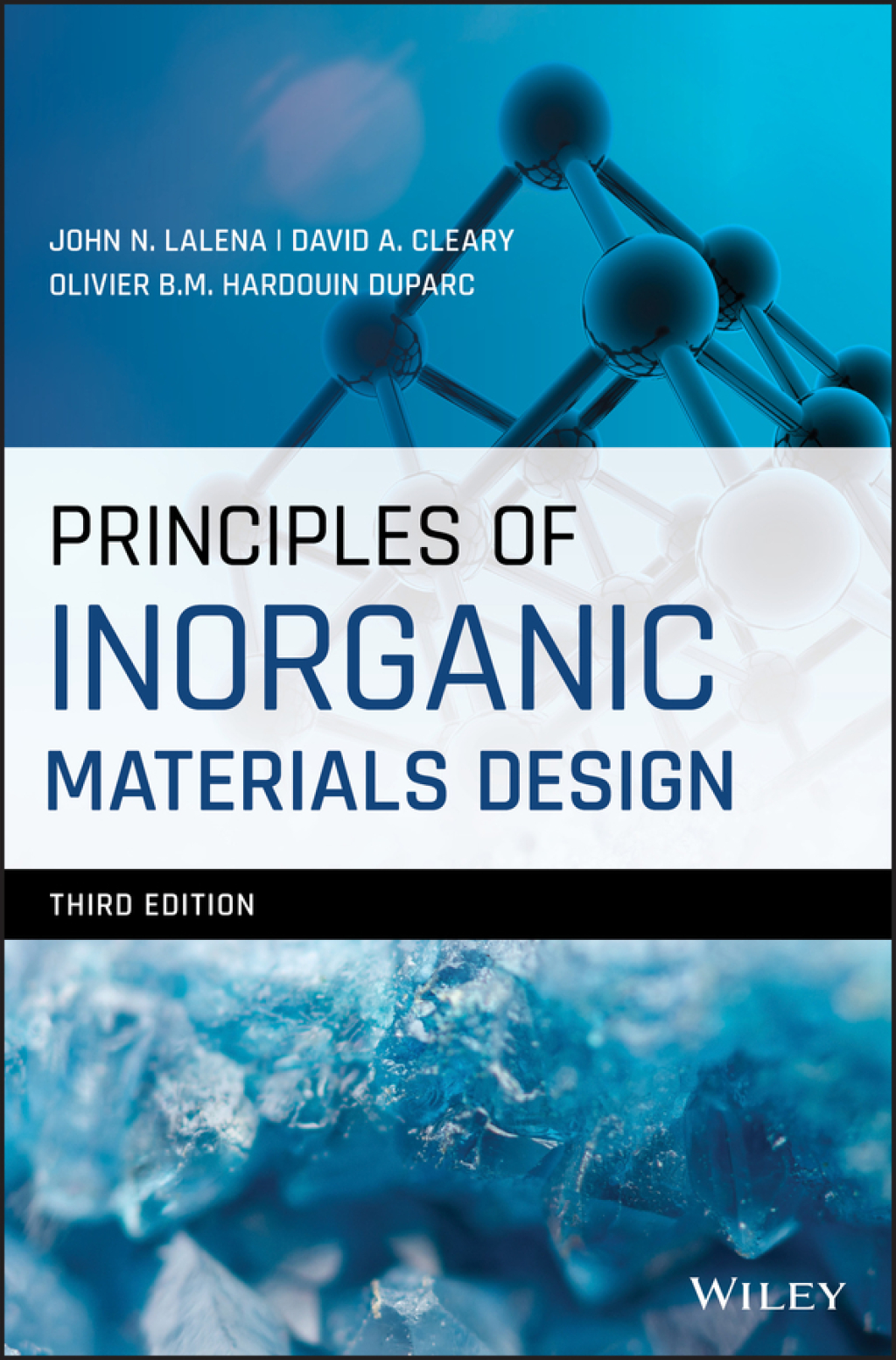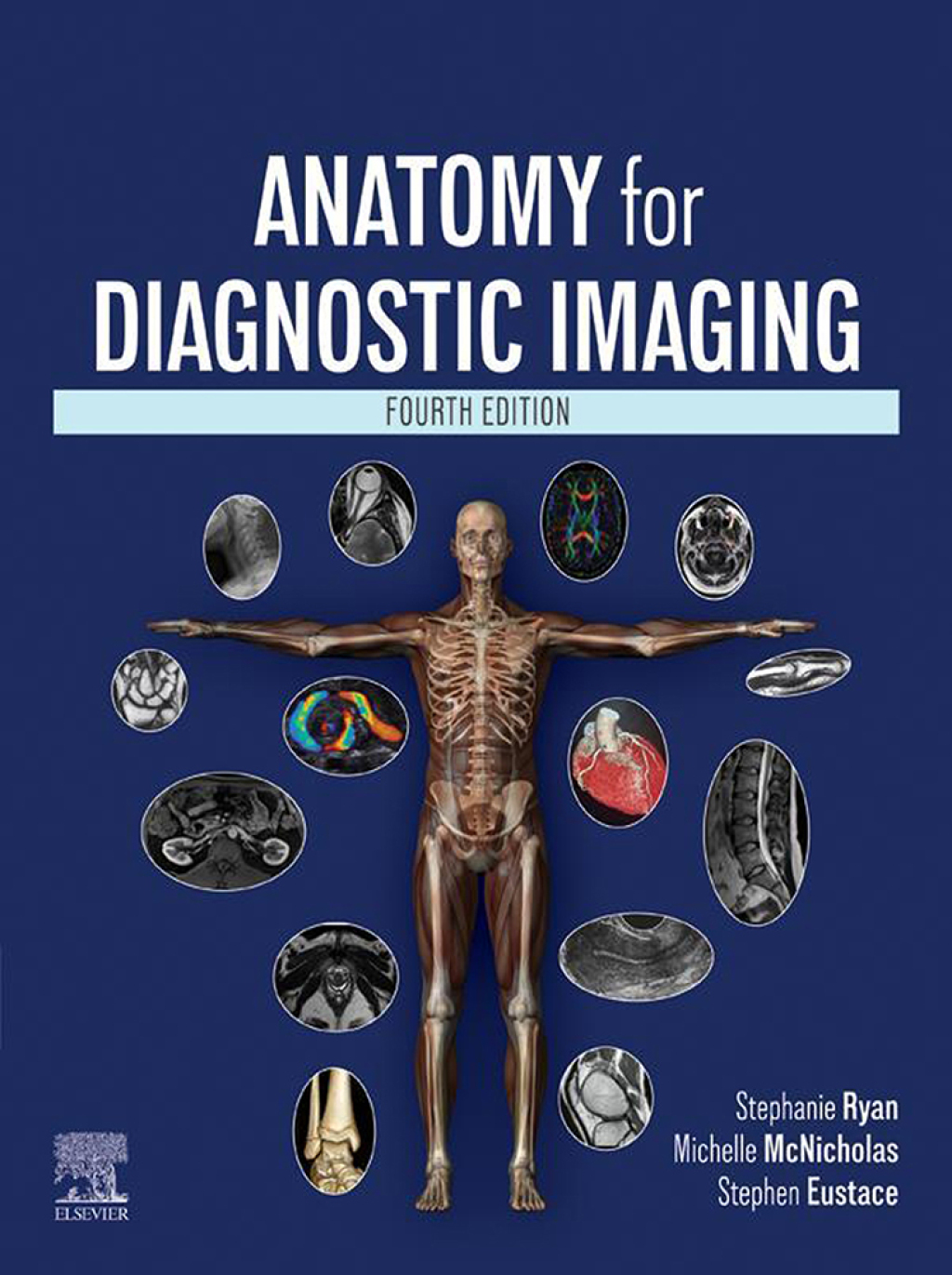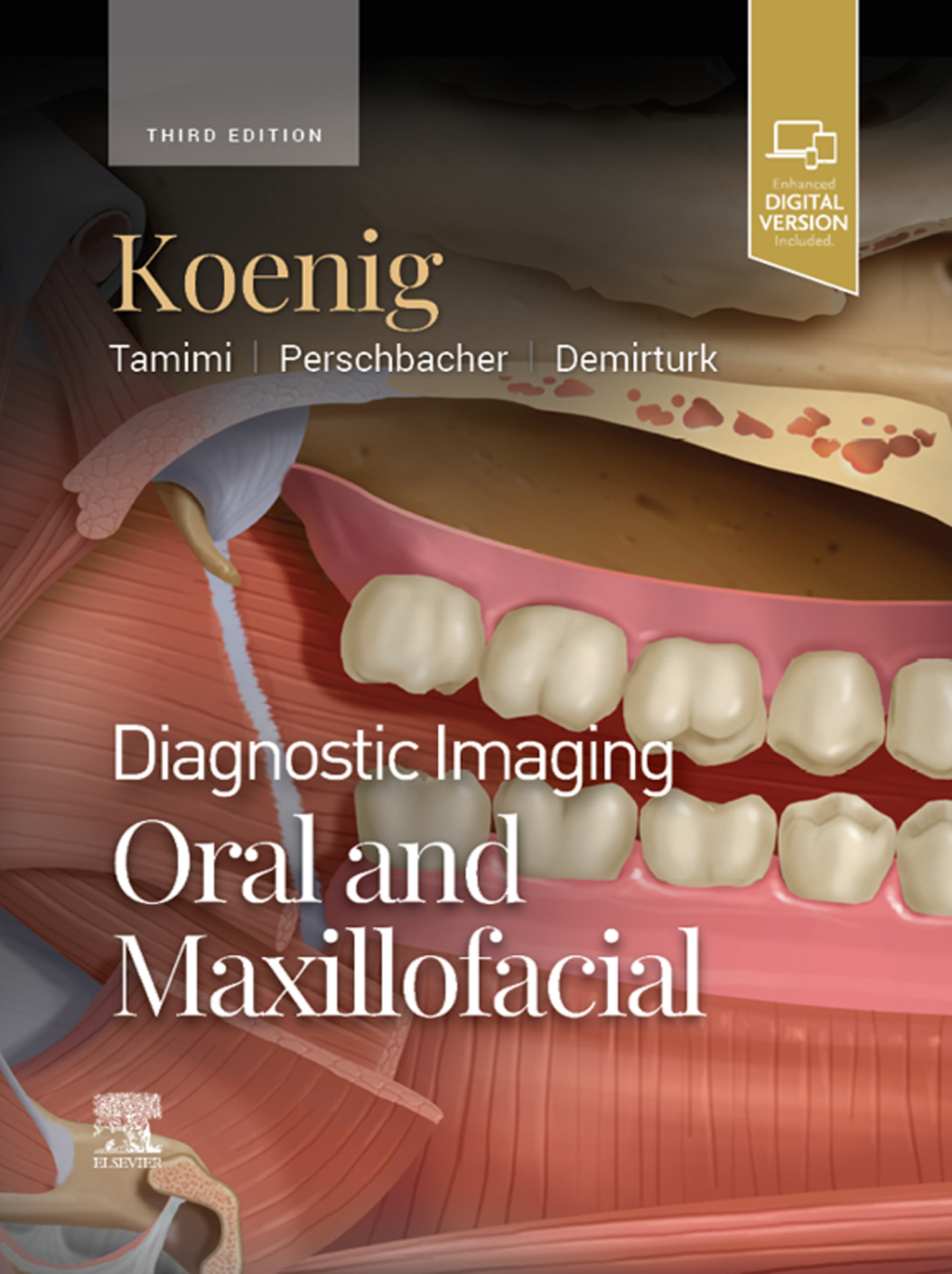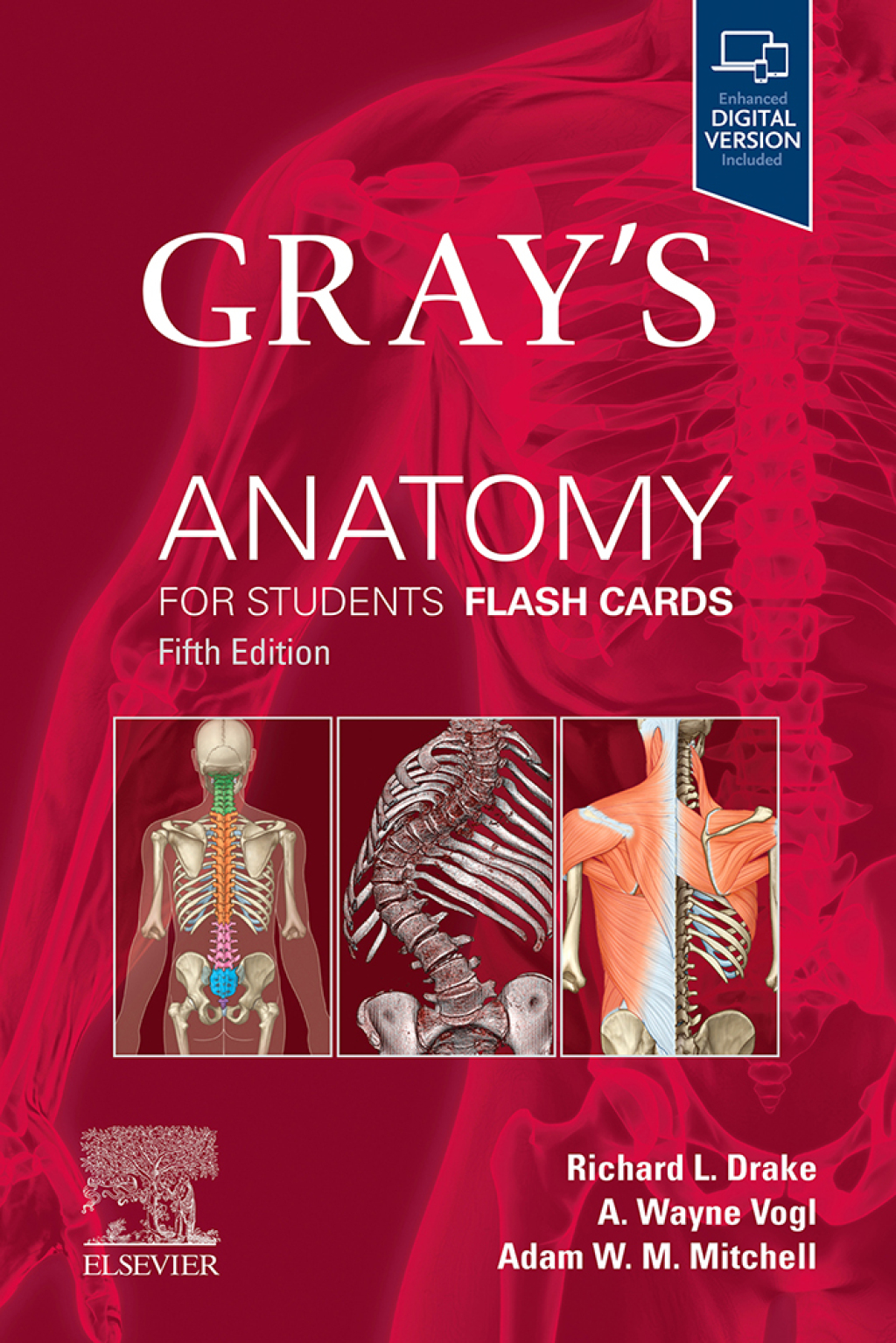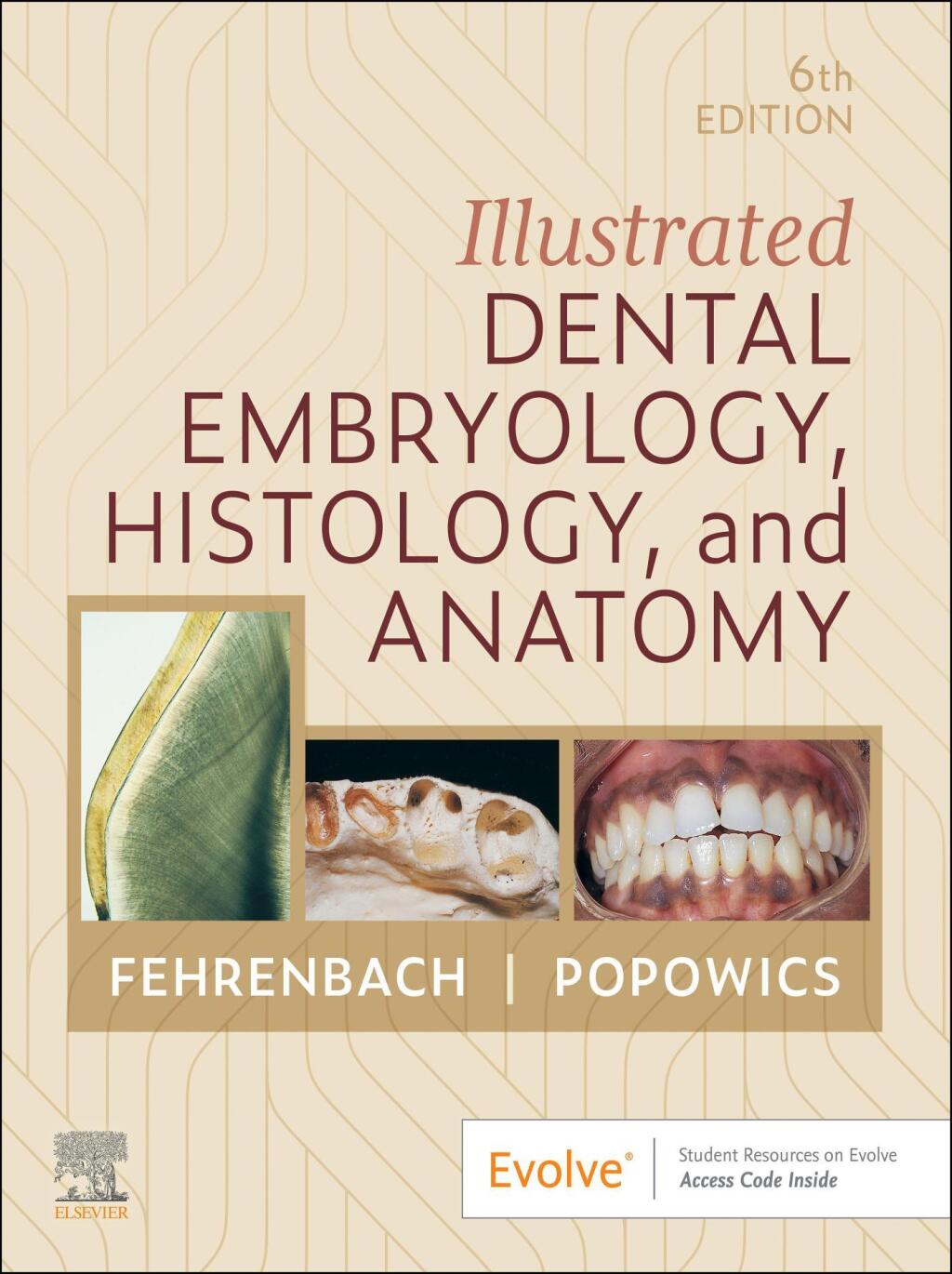Learn the fundamentals of materials design with this all-inclusive approach to the basics in the field
Study of materials science is an important aspect of curricula at universities worldwide. This text is designed to serve students at a fundamental level, positioning materials design as an essential aspect of the study of electronics, medicine, and energy storage. Now in its 3rd edition, Principles of Inorganic Materials Design is an introduction to relevant topics including inorganic materials structure/property relations and material behaviors.
The new edition now includes chapters on computational materials science, intermetallic compounds, and covalent compounds. The text is meant to aid students in their studies by providing additional tools to study the key concepts and understand recent developments in materials research. In addition to the many topics covered, the textbook includes:
• Accessible learning tools to help students better understand key concepts
• Updated content including case studies and new information on computational materials science
• Practical end-of-chapter exercises to assist students with the learning of the material
• Short biographies introducing pioneers in the field of inorganic materials science
For undergraduates just learning the material or professionals looking to brush up on their knowledge of current materials design information, this text covers a wide range of concepts, research, and topics to help round out their education. The foreword to the first edition was written by the 2019 Chemistry Nobel laureate Prof. John B. Goodenough.

